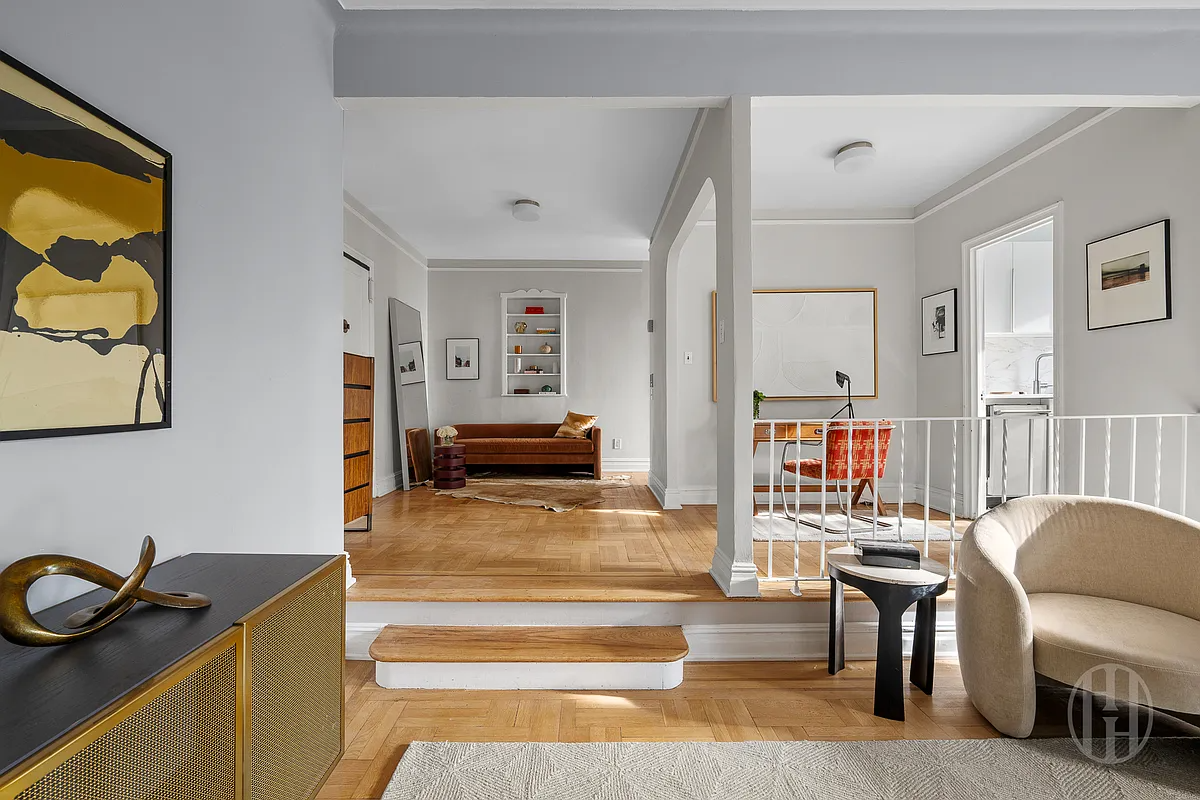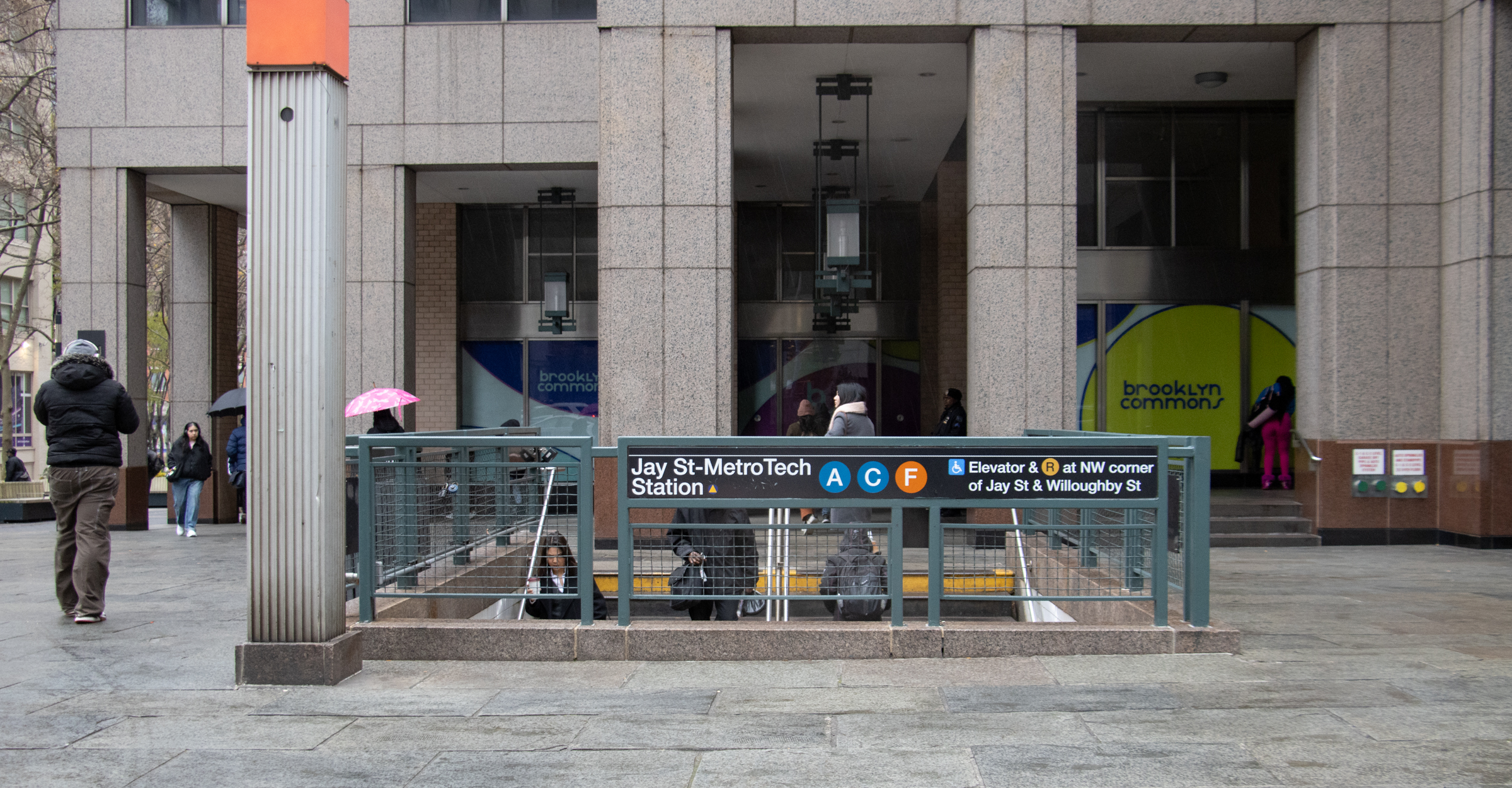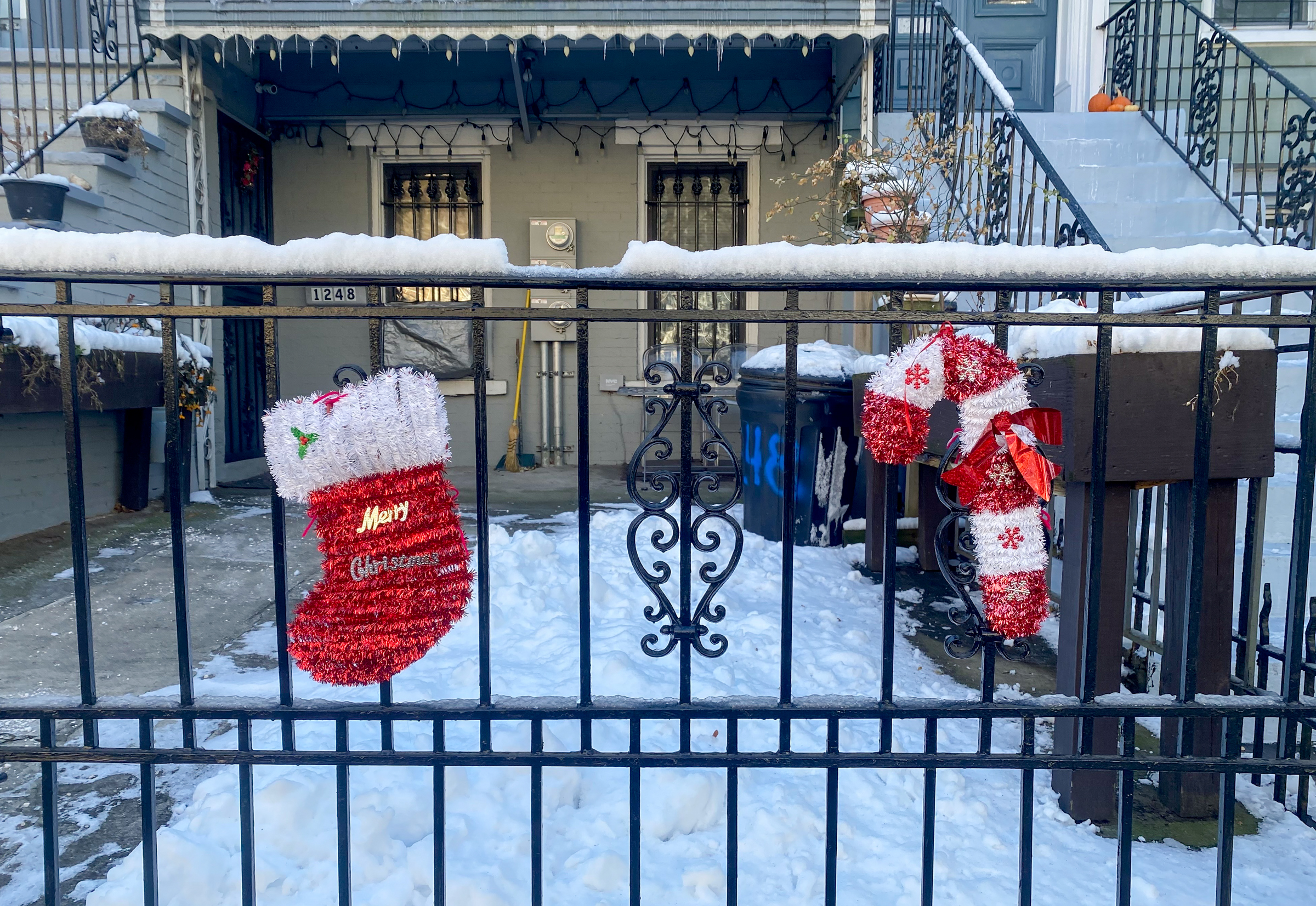Building of the Day: 301-305 Pacific Street
Brooklyn, one building at a time. Name: Originally Bethlehem Swedish Lutheran Church, now Primera Iglesia Bautista (First Spanish Baptist Church) Address: 301-305 Pacific Street Cross Streets: Smith and Hoyt Streets Neighborhood: Boerum Hill Year Built: 1884 Architectural Style: Primitive Victorian Gothic Architect: Unknown Landmarked: No The story: The great thing about many of our fine…


Brooklyn, one building at a time.
Name: Originally Bethlehem Swedish Lutheran Church, now Primera Iglesia Bautista (First Spanish Baptist Church)
Address: 301-305 Pacific Street
Cross Streets: Smith and Hoyt Streets
Neighborhood: Boerum Hill
Year Built: 1884
Architectural Style: Primitive Victorian Gothic
Architect: Unknown
Landmarked: No
The story: The great thing about many of our fine buildings in Brooklyn is that they often have many lives. Buildings built as homes are repurposed from everything from schools to factories, and factories often become apartment buildings. Church buildings also get repurposed as factories, warehouses, schools and homes, but usually first end up being sold to many different denominations before they lose their sacred function. This building is a great example of showing how Brooklyn evolved, and how much our identity here in Brooklyn is determined by the melting pot of language, ethnicity and religion.
Although the AIA Guide to NYC says this building dates to the 1860s, I fear they may be wrong. It doesn’t appear on any city map in 1880 and is on the next set up maps done up in 1886. There are also Brooklyn Eagle stories with this address dating from the 1850s, when a house stood on the site. The street numbers may have changed, so that may not be accurate, but the maps certainly are. The building was actually built in 1884.
The church was originally built as the Bethlehem Swedish Lutheran Church. This area was heavily populated by Swedes in the late 1880s, a group that was widely hailed in the papers as the ideal immigrant group. They were quiet and industrious, and hard-working. The building is a wonderfully simplified form of Victorian Gothic design, with the classic form of a Gothic structure, with the arched windows, the bell tower, and general massing, but pared down to its basic form. There are no ornate quatrefoil windows, or other papist frou-frou on this church.
In 1895, the Lutherans moved up the street to the corner of Pacific and 3rd Avenue, and the church was sold to the Salvation Army. They operated one of their missions here, and were stationed here until at least 1898. The building was then sold to a new ethnic group that was growing rapidly in Boerum Hill: the Syrian community.
The church became the St. Nicholas Syrian Orthodox Church. In 1904, the church was chosen as the site for the ceremony of ordination and consecration of the first Russian Orthodox bishop to be consecrated in America. His name was Raphael Hawaweeny, and he became Archimandrate on March 13, 1904, joining only two others in North America. The ceremony was packed with people, and the small church was bursting at the seams. There were so many people there that many people passed out even before the ceremony began, and had to be taken out. There were so many flash pans going off from photographers that the windows of the church had to be opened, as people were getting sick from the close air, the incense and the flash powder.
The long, but impressive ceremony took place in full Orthodox Christian panoply, with gold encrusted robes, long processions, incense, choirs, prayers and a long ceremony. The ordination was overseen by the other two Archimandrates, Bishop Tikhon of North America and Bishop Innocent of Alaska. Representing the Russian czar, who was the titular head of the church, was the Secretary of the Imperial Russian Embassy, and the Russian Counsel General, Count Nicholas de Lodygensky.
Bishop Raphael died in 1915, and the church and the rectory, which were in his name, were left to the bishop’s successor. They sold the church in 1920. During the time it was an Eastern Orthodox Church, they had made a lot of changes to the building, inside and out. The interior was probably encrusted with gilding, and Eastern iconography, as per tradition. An onion dome was built on top of the steeple. When they left, in 1920, presumably they took as much of the interior as they could. But they left the dome.
The church next became home to the John Wesley Methodist Episcopal Church. They were there from the 1920s until at least the late 1930s, if not longer. This was a “colored Methodist church,” indicating that there was a sizable black population in Boerum Hill by this time. I wonder if it was they who replaced the onion dome for a more traditional capped roof, on the tower. I was not able to find any sale records for the church, but at some point, it passed on at least once more, this time to the Spanish-speaking First Baptist Church. (Primera Iglesia Bautista.)
Swedes, Salvation Army, Syrian and Russian Orthodox, black folks and Hispanics – a melting pot in heaven, to be sure. GMAP
(Photograph:Nicholas Strini for Property Shark)







What's Your Take? Leave a Comment